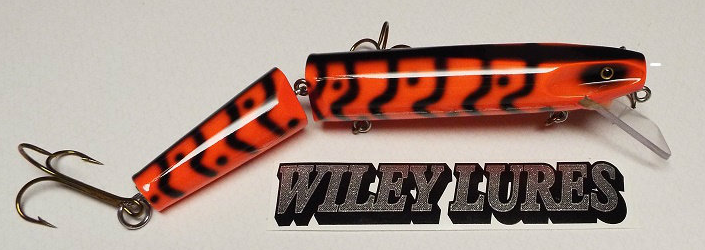IMPORTANT MESSAGE: Meeting Minutes, Club Chit-Chat, and Fishing Reports will be listed if you are a member of Chapter 50. If you are a member, and you cannot see the reports after logging in, please use the contact form by selecting the floating envelope icon located in the bottom-right corner. Include your name and your Chapter 50 membership number. We will verify, and grant you special rights to view all. Alternatively, you may email us at muskiesincpennjersey @ gmail .
5:45 pm
August 28, 2007
 Offline
Offline7:51 pm
December 8, 2011
 Offline
Offline8:13 pm
August 28, 2007
 Offline
OfflineHere's my response...
Amazing...... Here we go again. kingflyguy......the info you got about where to fish is right on. For the rest of the "lets ruffle the muskie guys feathers info"....... same ole ignorance.
Heres alittle read from the Department of health.
How can I reduce my health risks to PCBs?
Most exposure to PCBs comes from eating contaminated fish. The best way to reduce the health risks is to eat only the safest fish. Some examples include:
• Choose smaller and younger fish. Generally, panfish and fish just over the legal size will have fewer PCBs.
• Choose lean fish. Panfish, brook trout and brown trout that live in streams and rivers tend to be low in fat. Small walleye, northern pike and bass, especially those that are just legal size, also tend to have fewer chemicals.
• Release predator fish that are very large, like walleye, northern pike, muskie, and lake trout. These fish tend to have more PCBs. Bass have different advisories. Carp and catfish also tend to accumulate more chemicals.
Muskies have to be 40" to keep. Thats a 5-7 year old fish, marinating in local waters.
ITS NOT THE SIZE OF YOUR BOAT
ITS THE SIZE OF WHATS ON YOUR BUMPBOARD!
M.T.F
140
1 Guest(s)
 Log In
Log In Register
Register






